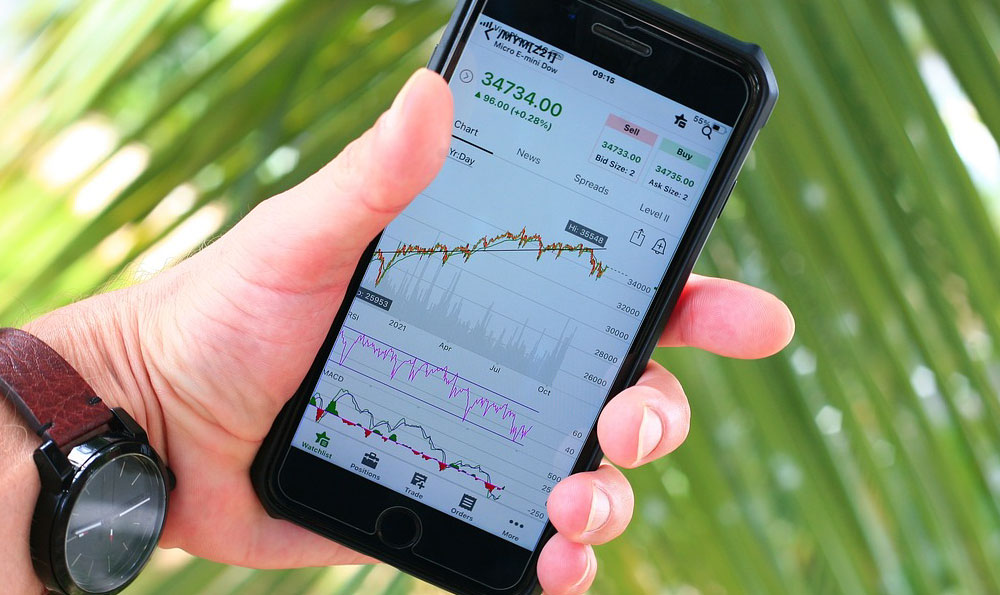Let's delve into the intricacies of private key management, specifically focusing on the Ethereum (ETH) private key within the context of Ledger hardware wallets, and whether a hypothetical "Keepbit" platform could access or hold it. While "Keepbit" isn't a recognized platform, we'll address the underlying principles relevant to any such service aiming to interact with a Ledger device.
The Core Principle: Secure Element Isolation
The fundamental reason Ledger hardware wallets are considered secure lies in their use of a secure element. This is a specialized chip designed to store sensitive information – namely, your private keys – in isolation from the rest of the device and, crucially, from any external applications running on your computer or smartphone.

The private key never leaves the secure element. This is the cornerstone of Ledger's security model. When you need to sign a transaction, the transaction data is sent to the Ledger device. The secure element uses the private key to sign the transaction within the device, and the signed transaction is then sent back to your computer or phone to be broadcast to the Ethereum network. The private key itself remains firmly locked inside the secure element.
How Ledger Live (and Similar Interfaces) Interact
Ledger Live (the official Ledger software) and other compatible interfaces, such as MetaMask when connected to a Ledger, don't directly access your private key. Instead, they facilitate the communication process described above: building transactions, sending them to the Ledger for signing, and then broadcasting the signed transactions. These interfaces act as intermediaries, orchestrating the interaction with the secure element.
The Hypothetical "Keepbit" Scenario: Evaluating Potential Access
Now, let's consider the hypothetical "Keepbit" platform. Whether it could hold or access an ETH private key depends entirely on how it interacts with the Ledger and what permissions you grant it.
-
Direct Access: Highly Unlikely and Dangerous. If "Keepbit" claimed to directly access your private key stored on the Ledger, this would be a major red flag and a clear indication of a fraudulent or compromised platform. As emphasized earlier, the secure element is designed to prevent this type of direct access. Any legitimate platform would never require or request your private key.
-
Indirect Access via Malicious Firmware: A theoretical, and highly improbable, attack vector involves malicious firmware on the Ledger device itself. If the Ledger's firmware were compromised, it could potentially be manipulated to exfiltrate the private key. However, Ledger firmware updates are digitally signed by Ledger, and users are strongly advised to only install firmware updates from trusted sources (i.e., directly through Ledger Live). Compromising the firmware would require a sophisticated and targeted attack.
-
"Keepbit" as an Interface (Similar to Ledger Live/MetaMask): The most plausible scenario is that "Keepbit" would function as an interface similar to Ledger Live or MetaMask. In this case, it would build transactions and send them to your Ledger for signing. Crucially, it would not hold or access your private key. The security would still be dependent on the integrity of your Ledger device and the secure element.
-
Compromised Seed Phrase: The most common way for someone to lose control of their ETH is through compromise of their seed phrase (the 24-word recovery phrase). If you were to enter your seed phrase into "Keepbit" (or any other platform), you would effectively be handing over control of your ETH to that platform. Never enter your seed phrase into any software or website unless you are absolutely certain of its legitimacy and you understand the risks involved. Seed phrases should be stored offline and securely.
Assessing the Security of "Keepbit" (or Any Similar Platform): Key Considerations
Before using any platform in conjunction with your Ledger, consider these factors:
-
Transparency and Reputation: Is the platform transparent about its security practices? Does it have a good reputation within the cryptocurrency community? Look for reviews, audits, and evidence of responsible security measures.
-
Open Source vs. Closed Source: Open-source platforms are generally preferable because their code is publicly available for review, allowing security vulnerabilities to be identified and addressed more quickly.
-
Permissions Requested: What permissions does the platform request when you connect your Ledger? Be wary of platforms that request excessive or unnecessary permissions.
-
Seed Phrase Requirement: Never use a platform that requires you to enter your seed phrase. This is a clear sign of a potential scam or security risk.
-
Regular Security Audits: Does the platform undergo regular security audits by reputable third-party firms?
Staying Safe: Best Practices for Ledger and Ethereum Security
- Always Use Official Ledger Live: Download Ledger Live only from the official Ledger website (ledger.com).
- Keep Firmware Updated: Regularly update your Ledger's firmware through Ledger Live.
- Protect Your Seed Phrase: Store your seed phrase offline in a secure location. Consider using a metal seed phrase backup.
- Verify Transaction Details on Your Ledger: Before signing a transaction on your Ledger, carefully verify all the details displayed on the device's screen, including the recipient address and the amount.
- Be Wary of Phishing: Be cautious of phishing attempts, which can come in the form of emails, messages, or websites that try to trick you into revealing your seed phrase or other sensitive information.
- Use a Strong PIN: Choose a strong and unique PIN for your Ledger device.
In Conclusion:
While a hypothetical "Keepbit" platform could interact with your Ledger to facilitate ETH transactions, it should never hold or have direct access to your private key. The security of your ETH ultimately depends on the integrity of your Ledger device, the secure element within it, and your adherence to best practices for private key management. Always exercise caution and thoroughly research any platform before connecting it to your Ledger. If something seems too good to be true, it probably is. Prioritize security and protect your seed phrase above all else.












